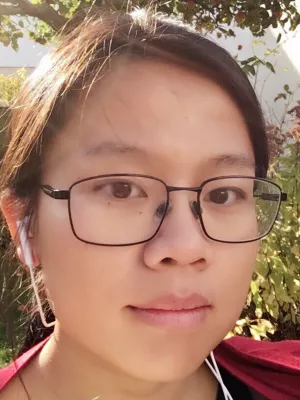
Jing Tang
Researcher

Generation of Spectral-Temporal Response Surfaces by Combining Multispectral Satellite and Hyperspectral UAV Imagery for Precision Agriculture Applications
Author
Summary, in English
Department/s
- Dept of Physical Geography and Ecosystem Science
- MERGE: ModElling the Regional and Global Earth system
Publishing year
2015
Language
English
Pages
3140-3146
Publication/Series
IEEE Journal of Selected Topics in Applied Earth Observations and Remote Sensing
Volume
8
Issue
6
Document type
Journal article
Publisher
IEEE - Institute of Electrical and Electronics Engineers Inc.
Topic
- Agricultural Science
- Remote Sensing
Keywords
- Crop phenology
- data fusion
- hyperspectral imaging
- image resolution
- precision agriculture
Status
Published
ISBN/ISSN/Other
- ISSN: 2151-1535

